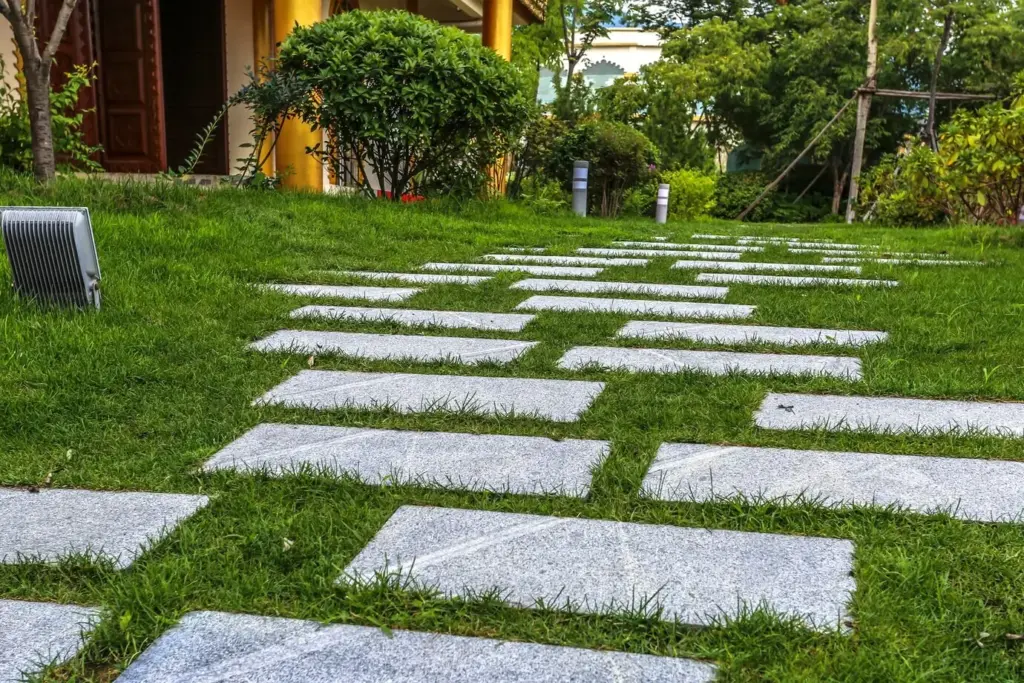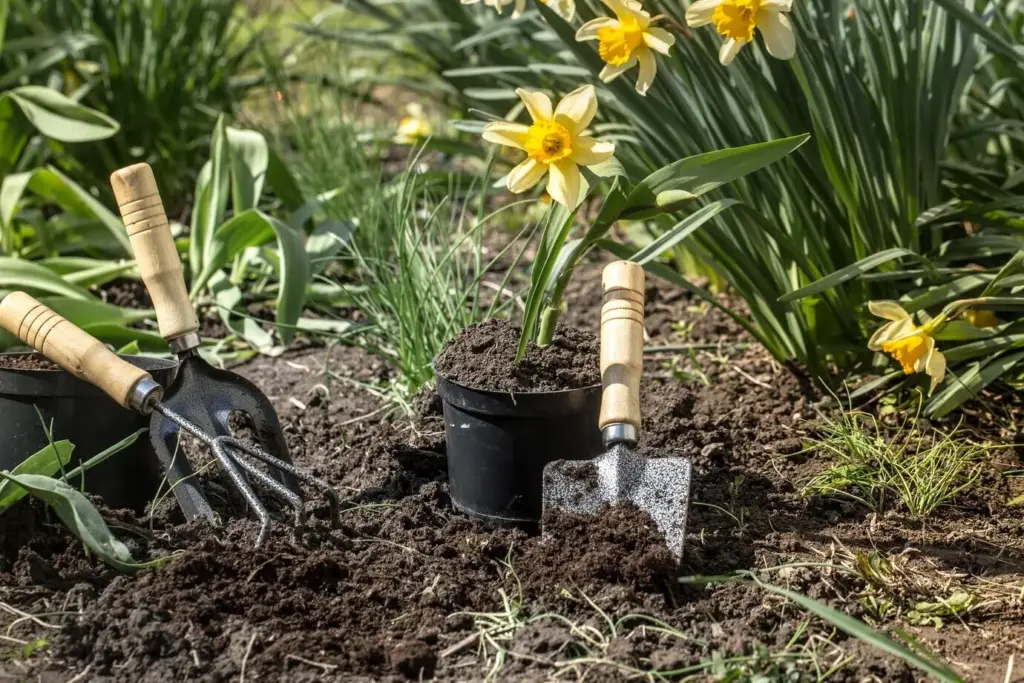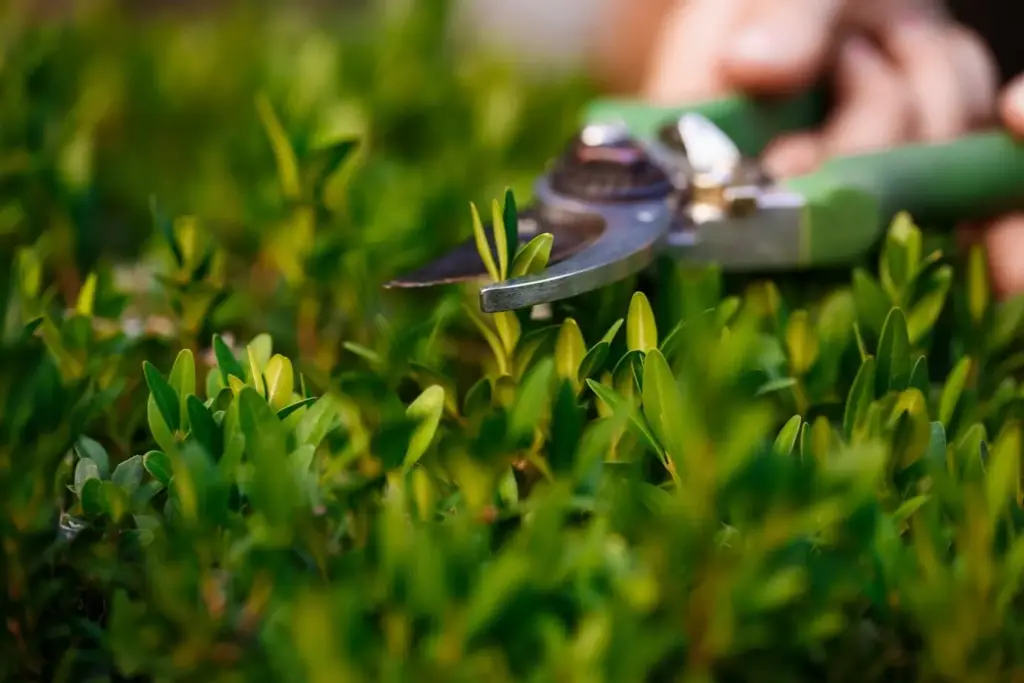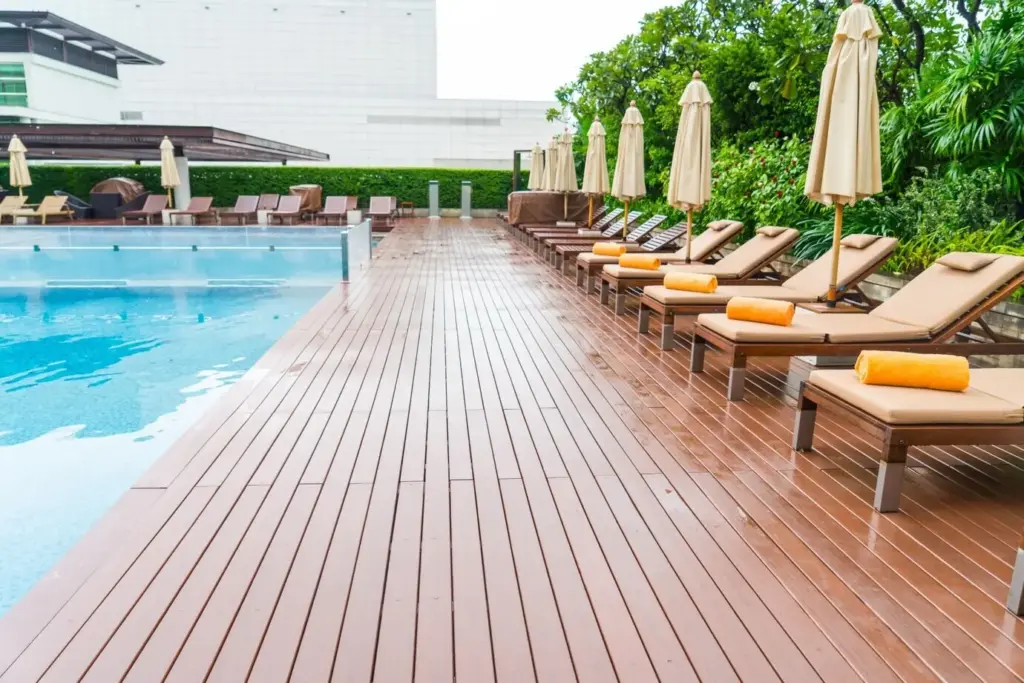Light the Garden: Beauty and Safety in Harmony


Design Principles for Nighttime Charm


Pathways, Steps, and Entrances
Fixtures, Materials, and Weather Readiness

Choosing Housings That Last

Lenses, Beams, and Glare Control

Understanding IP Ratings and Placement
Power, Wiring, and Smart Control

Low-Voltage Confidence and Transformer Sizing
Total the wattage of your fixtures and select a transformer that operates around eighty percent of its capacity for efficiency and longevity. Use 12- or 10-gauge cable on longer runs to minimize voltage drop. Multi-tap transformers help deliver consistent brightness across distant zones, while weatherproof enclosures and drip loops keep connections clean, dry, and performing reliably through the seasons.
Solar: Where It Shines and Where It Struggles
Total the wattage of your fixtures and select a transformer that operates around eighty percent of its capacity for efficiency and longevity. Use 12- or 10-gauge cable on longer runs to minimize voltage drop. Multi-tap transformers help deliver consistent brightness across distant zones, while weatherproof enclosures and drip loops keep connections clean, dry, and performing reliably through the seasons.
Automation Without Fuss
Total the wattage of your fixtures and select a transformer that operates around eighty percent of its capacity for efficiency and longevity. Use 12- or 10-gauge cable on longer runs to minimize voltage drop. Multi-tap transformers help deliver consistent brightness across distant zones, while weatherproof enclosures and drip loops keep connections clean, dry, and performing reliably through the seasons.




Sustainability and Dark-Sky Care
Maintenance, Troubleshooting, and Seasonal Tweaks





